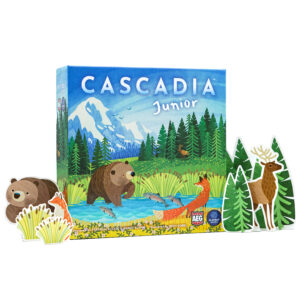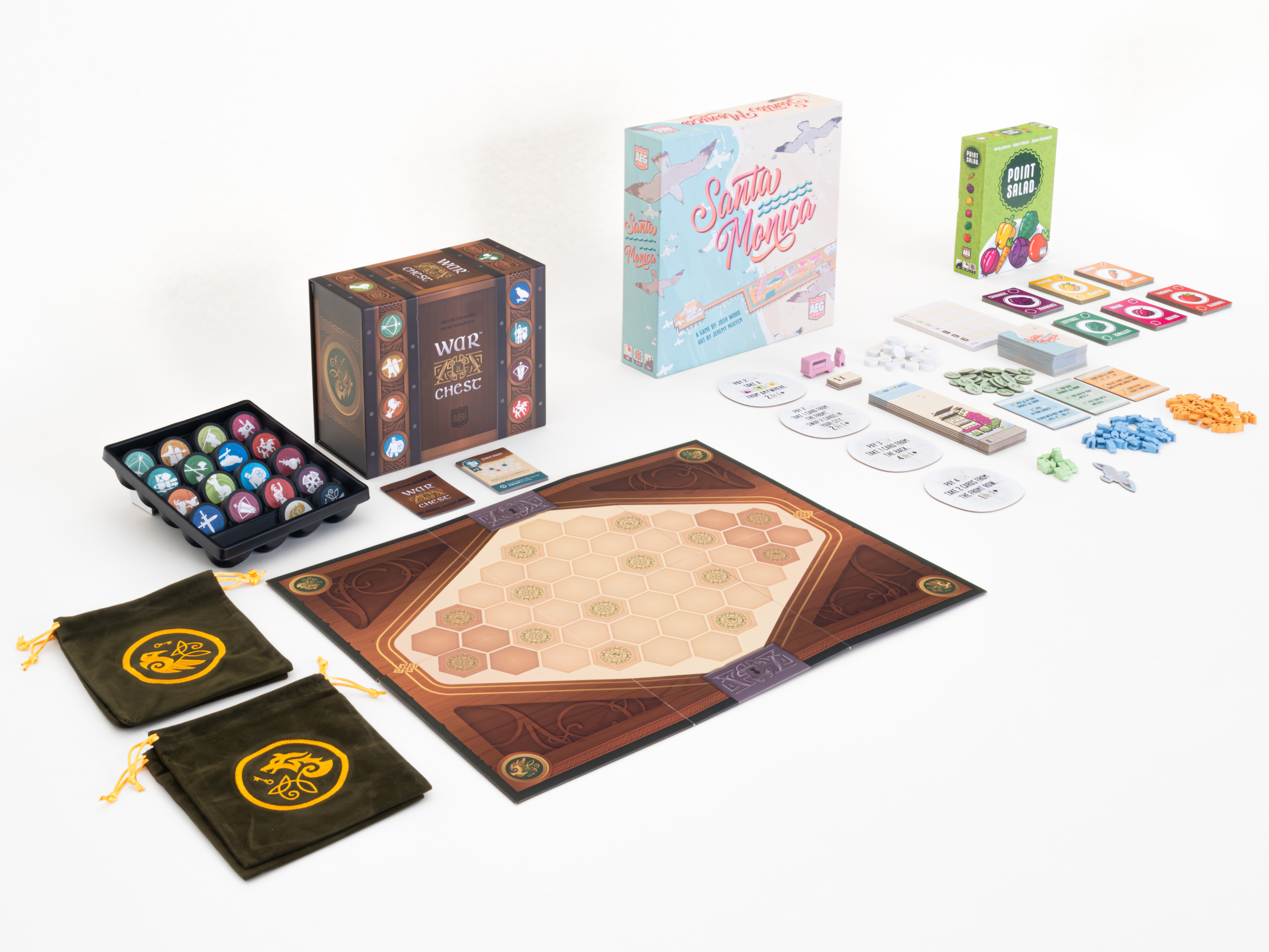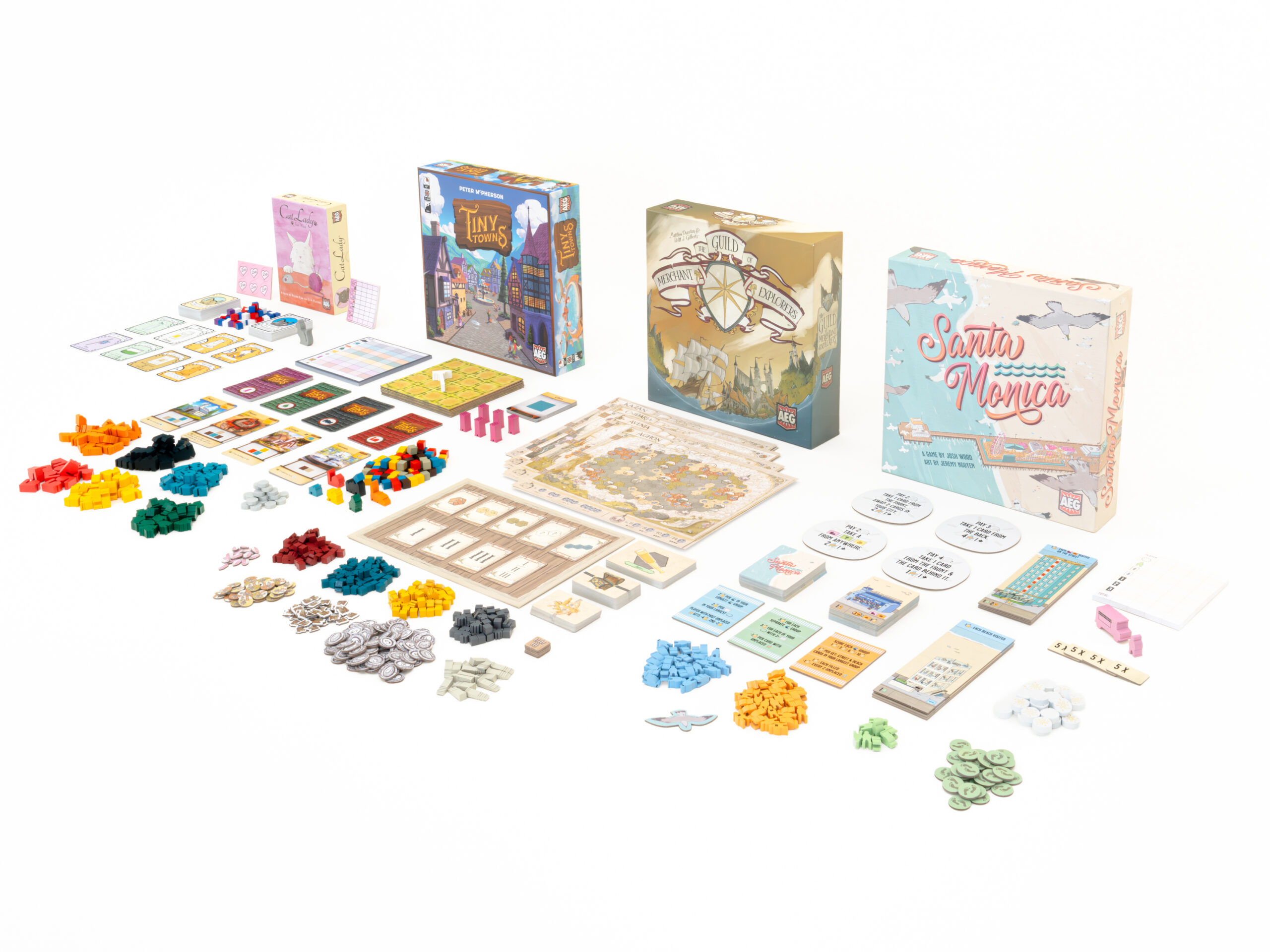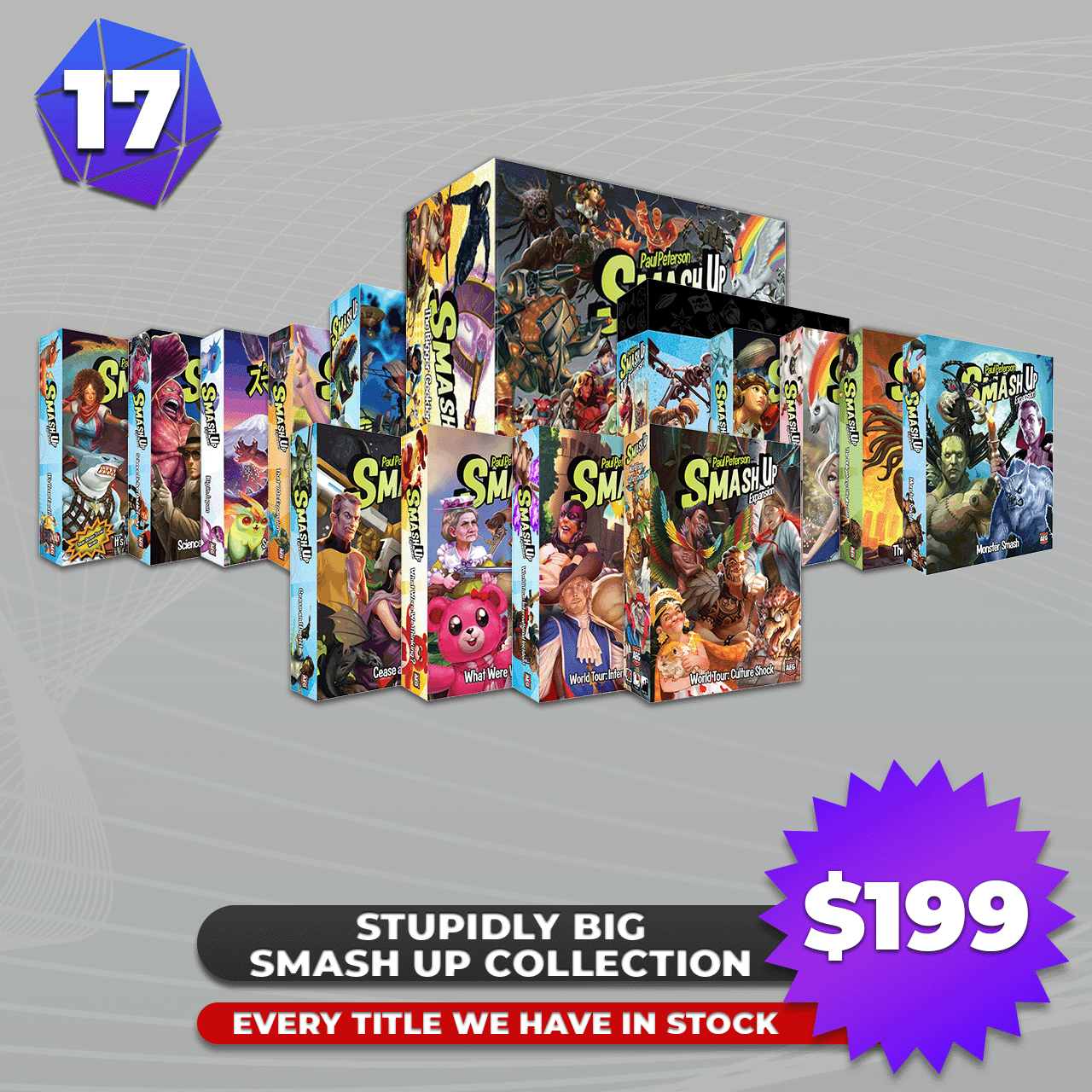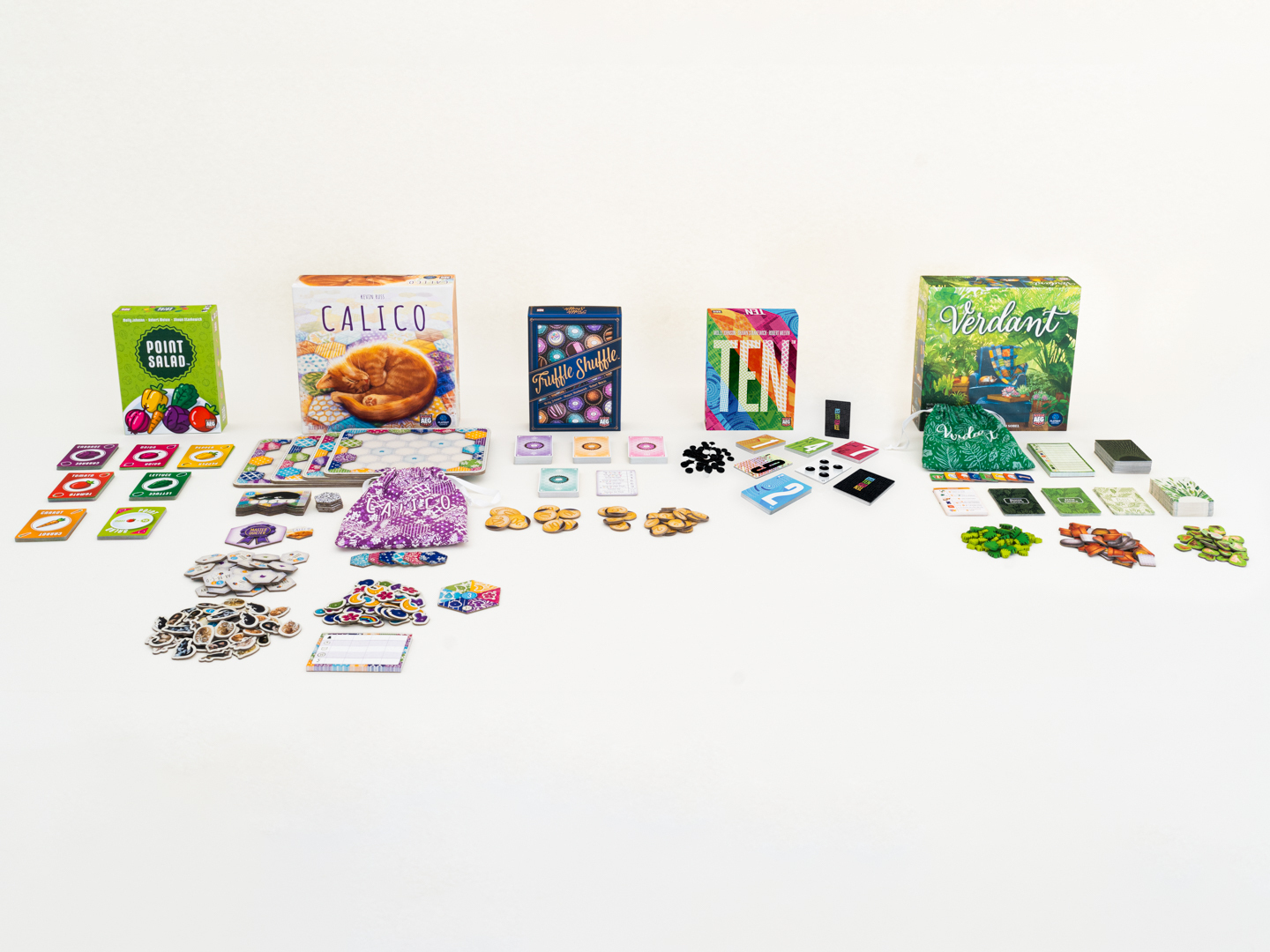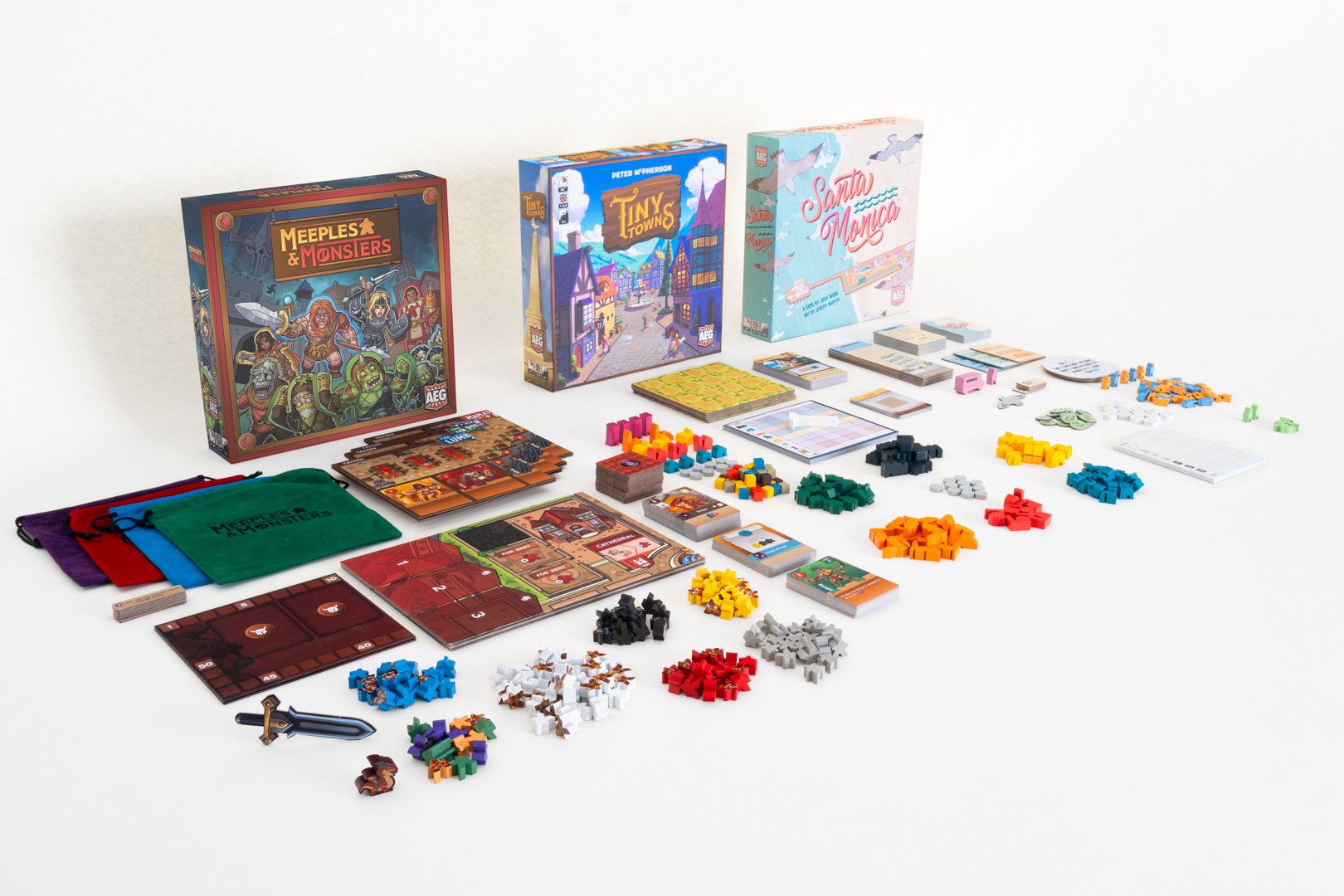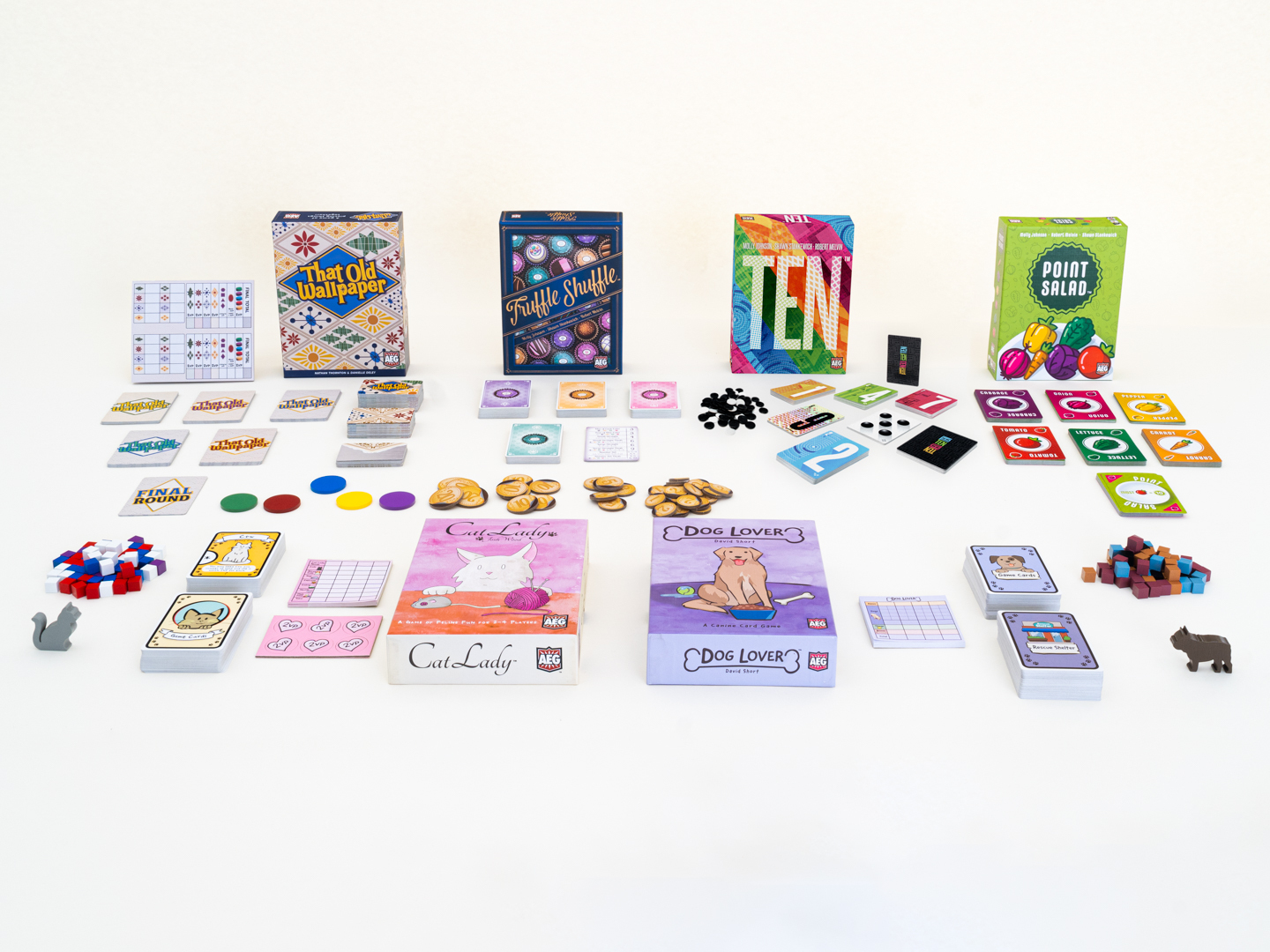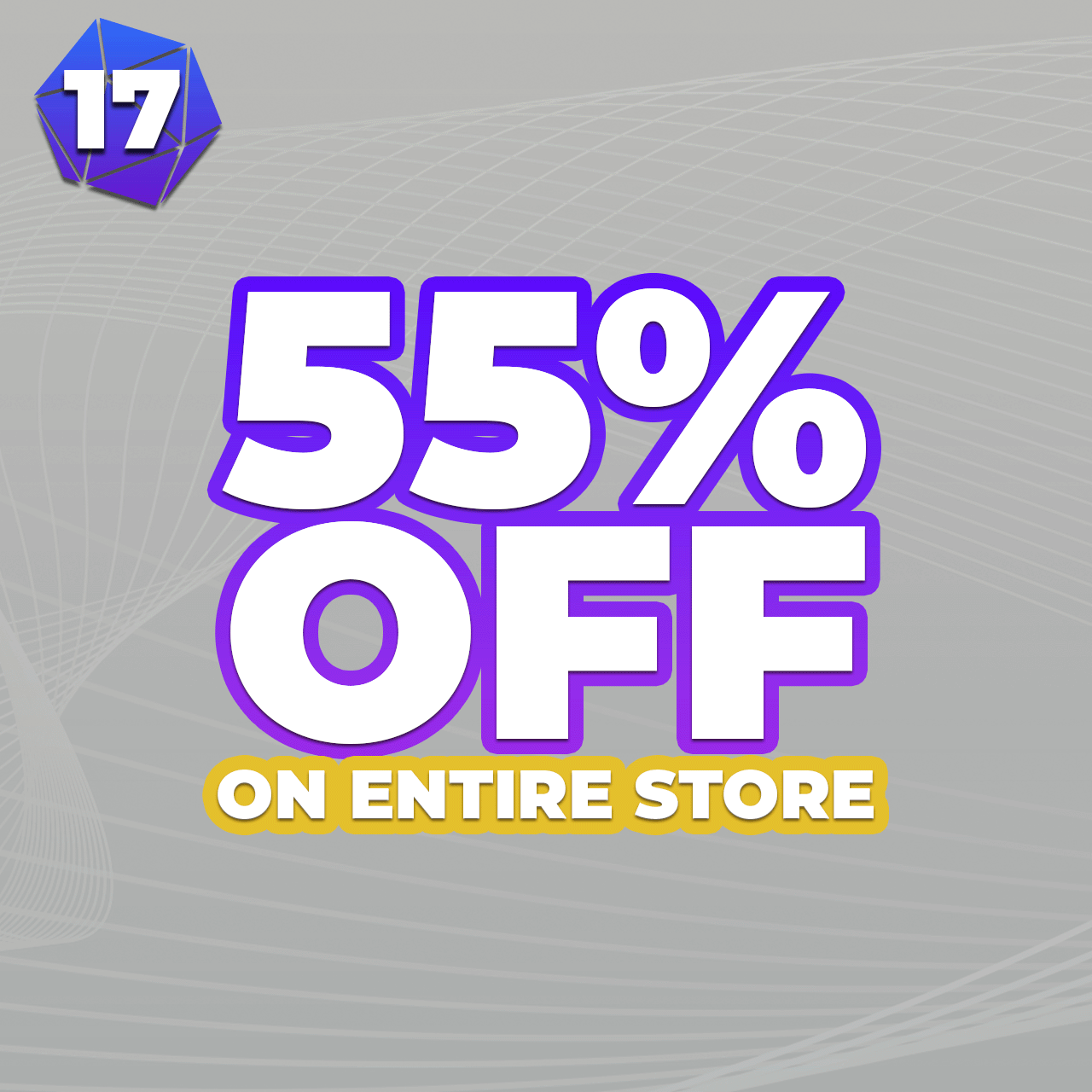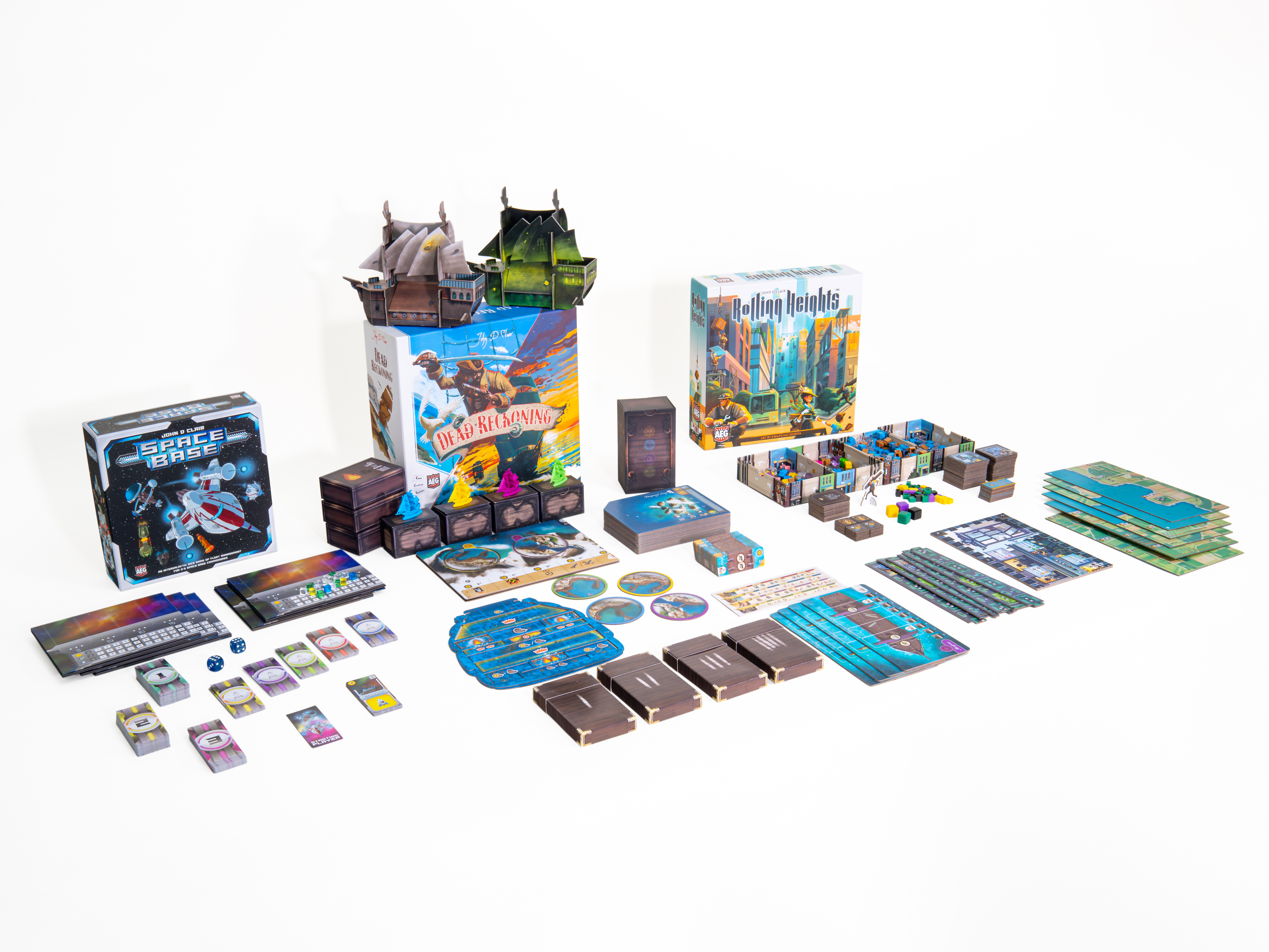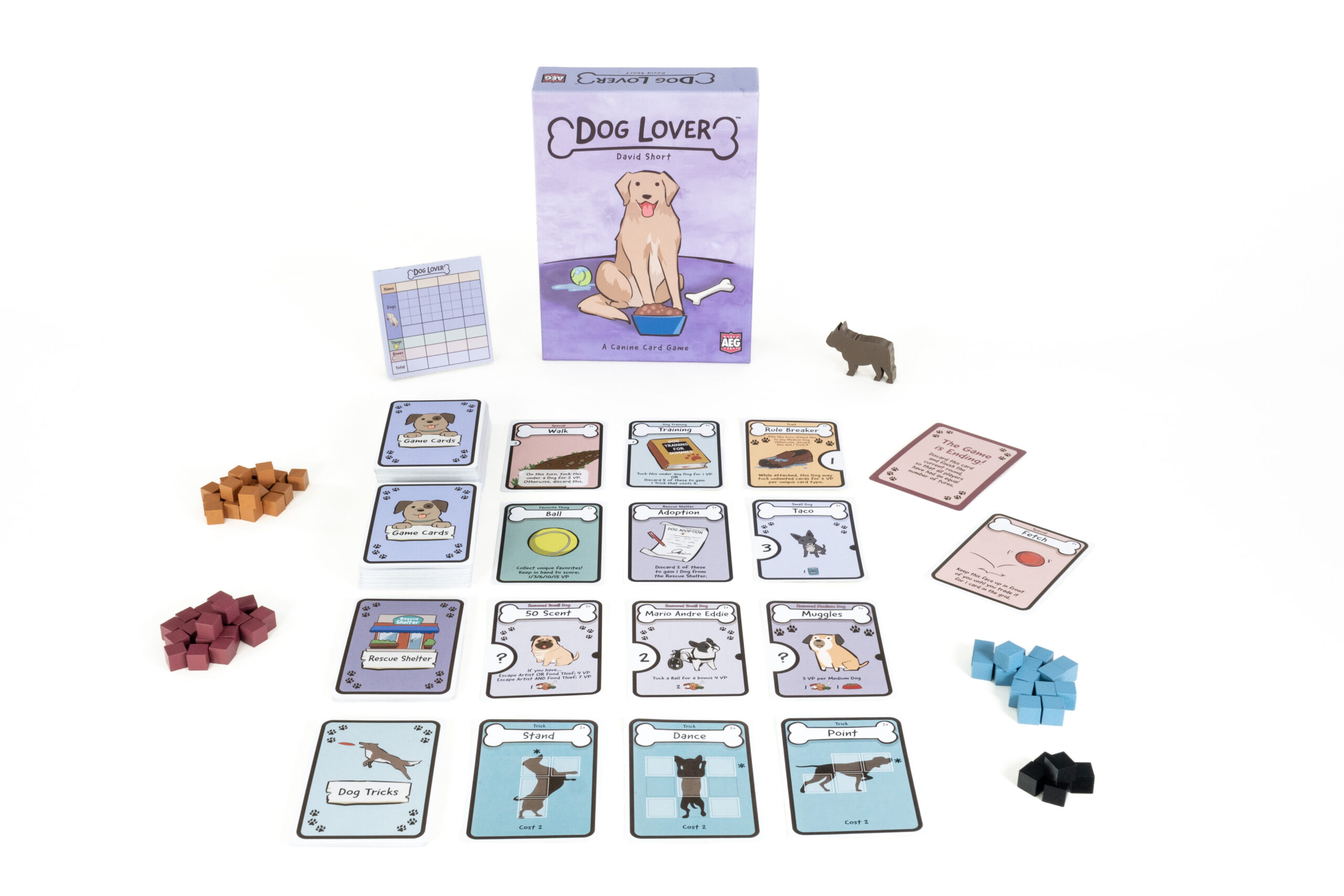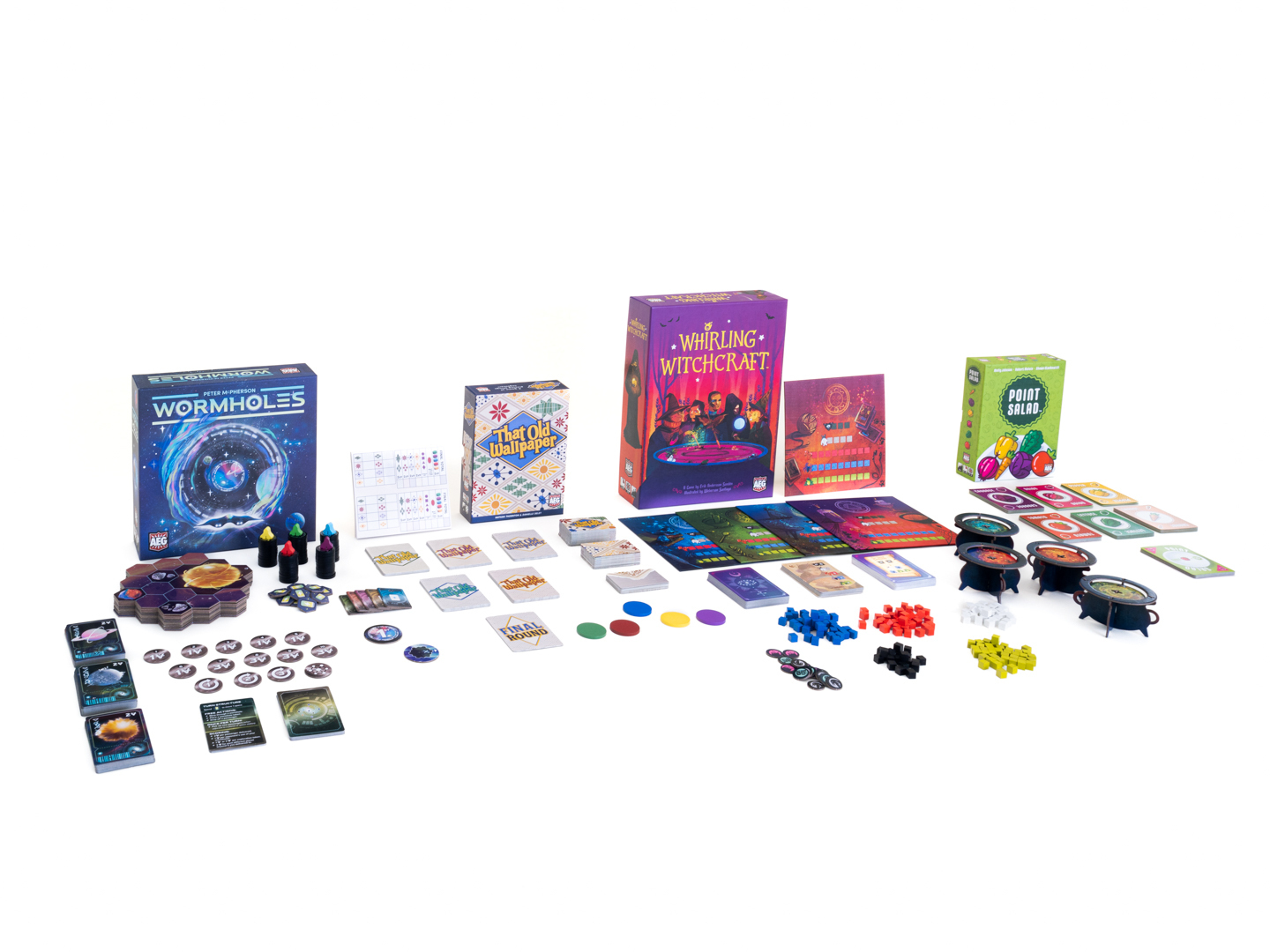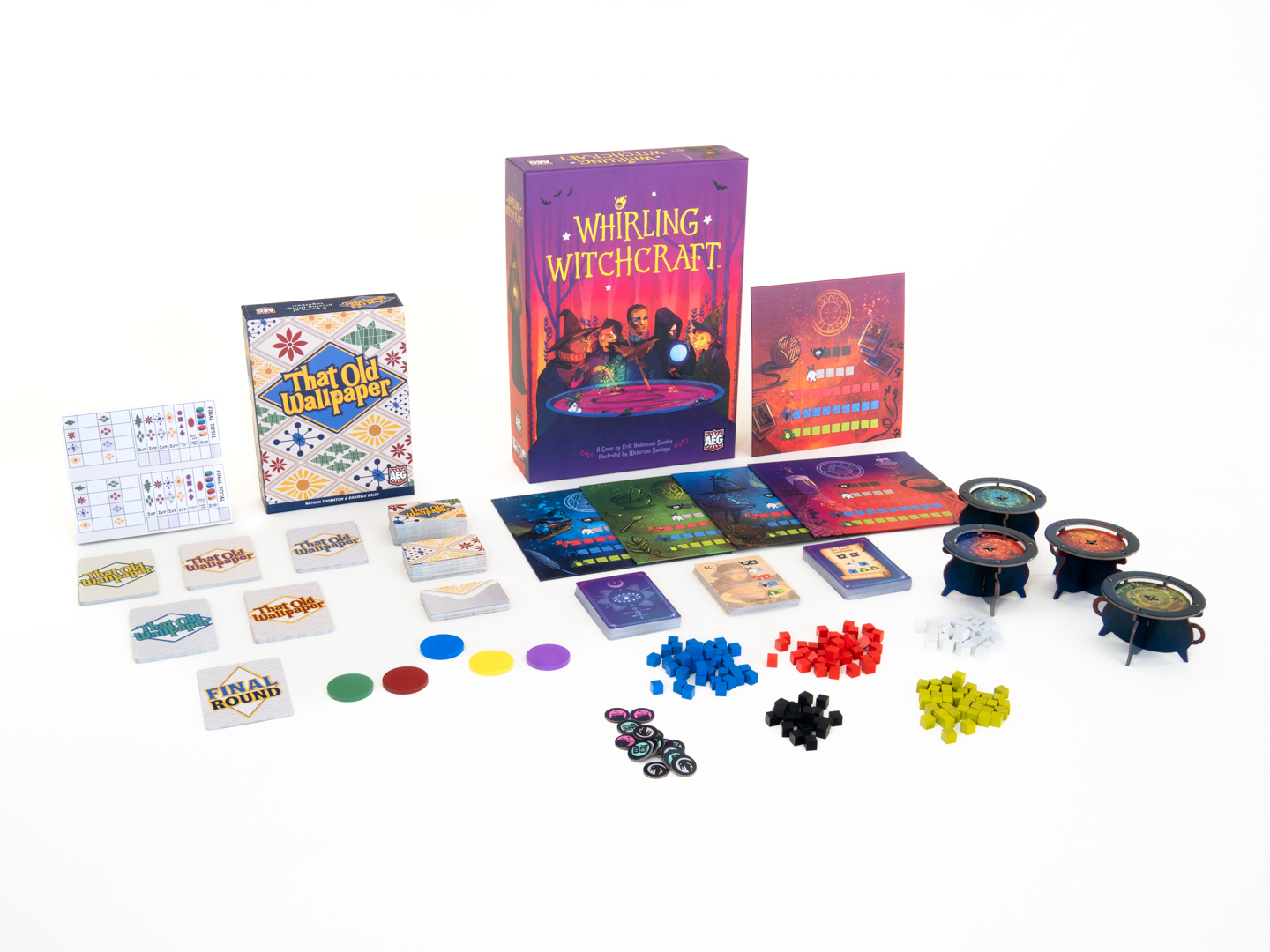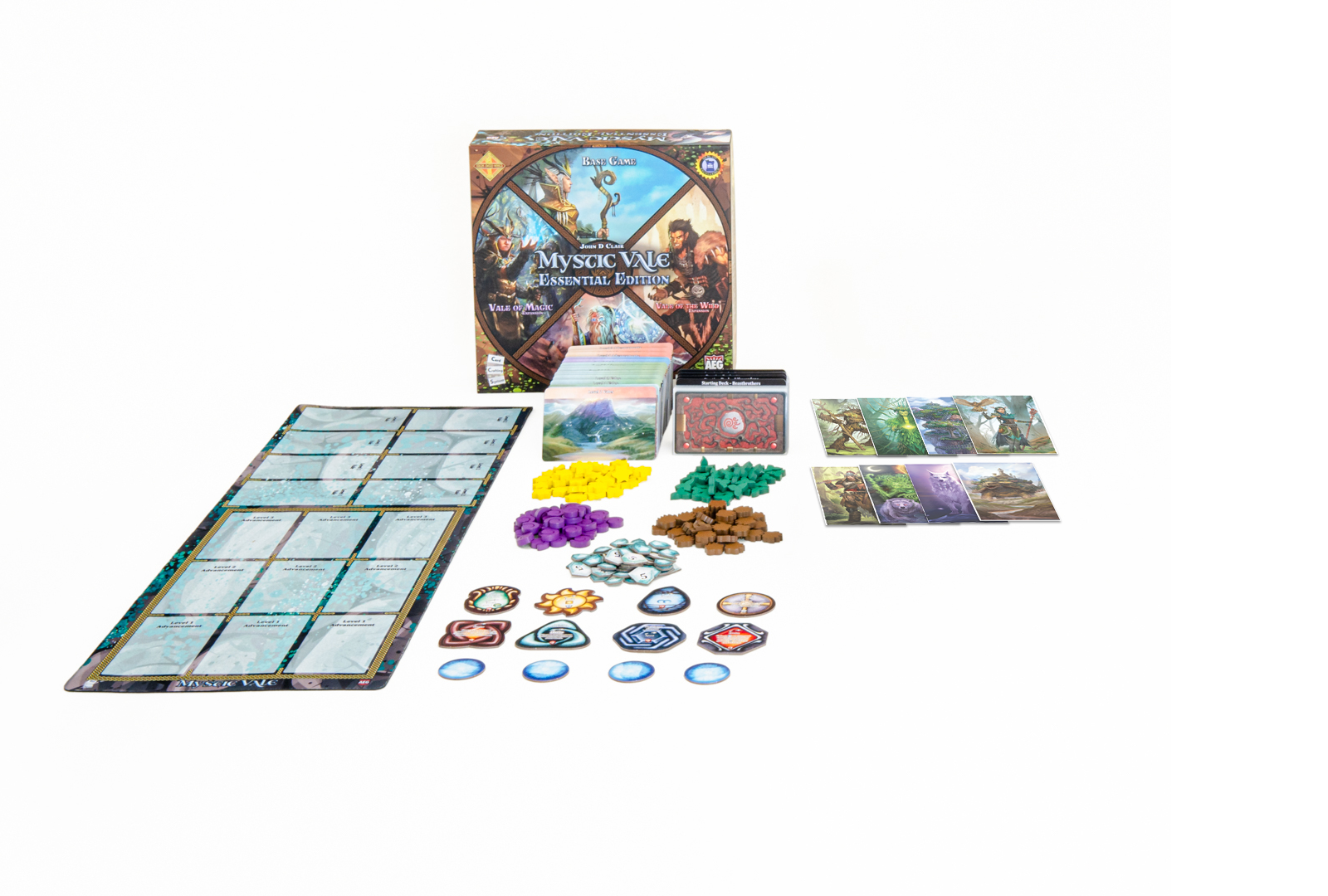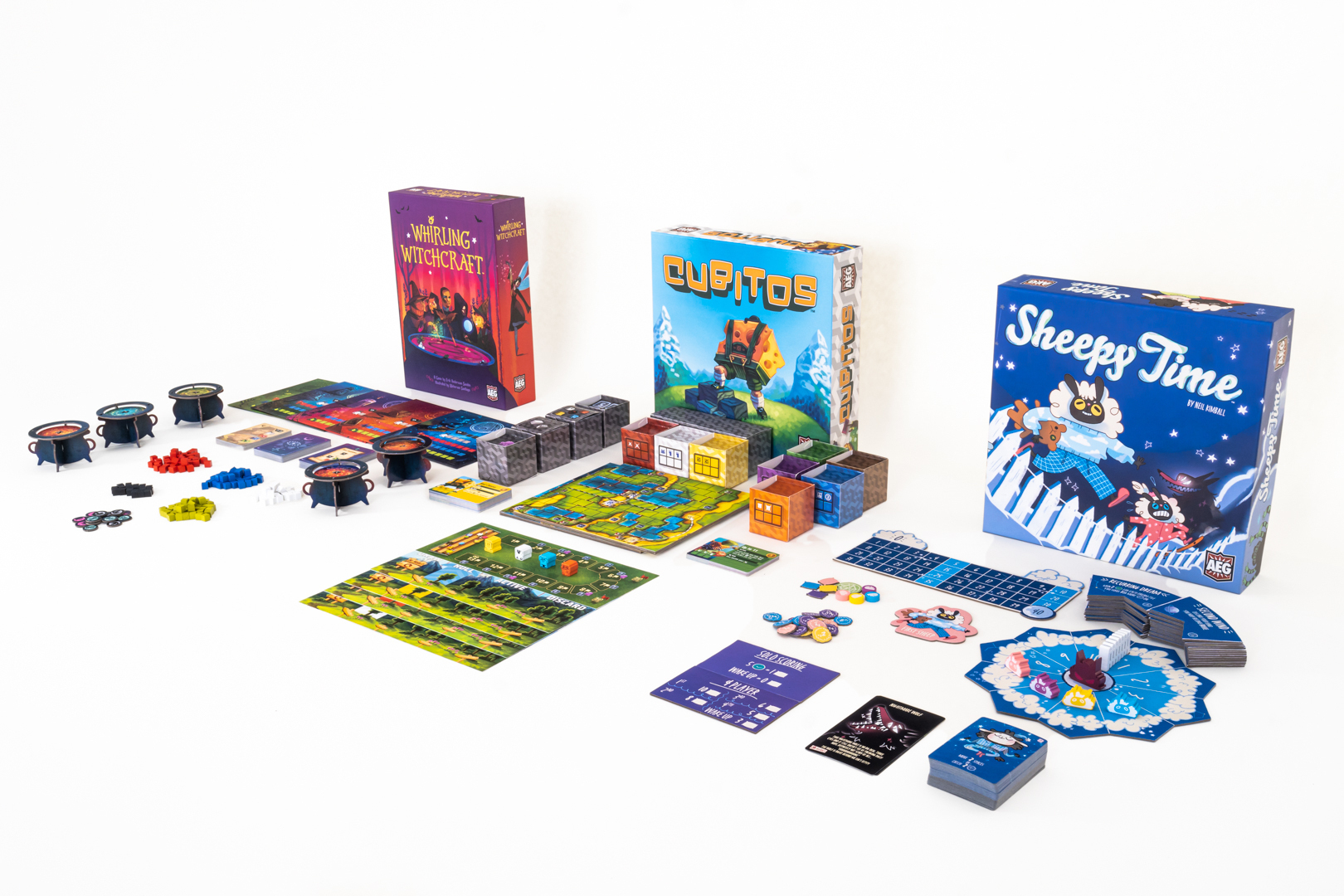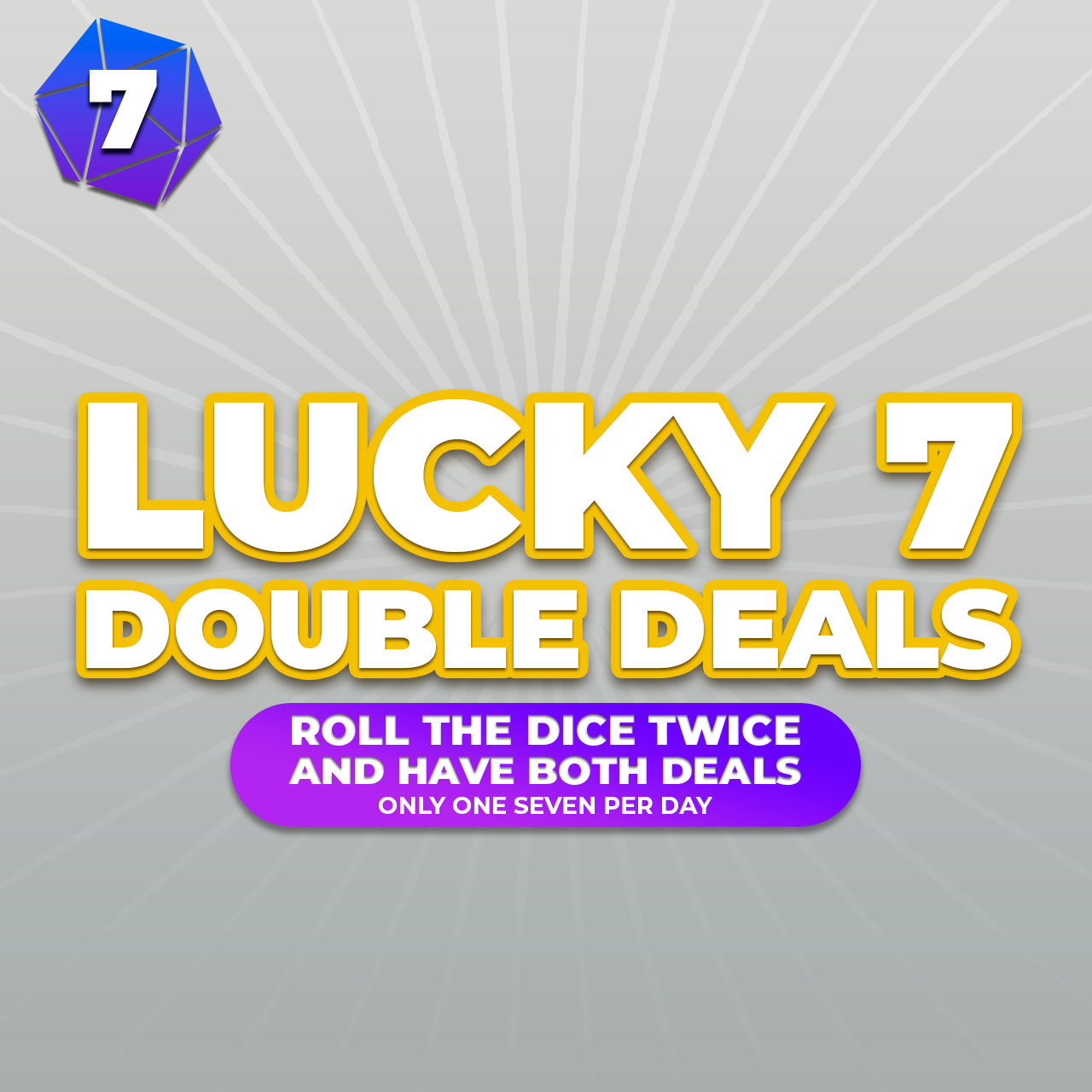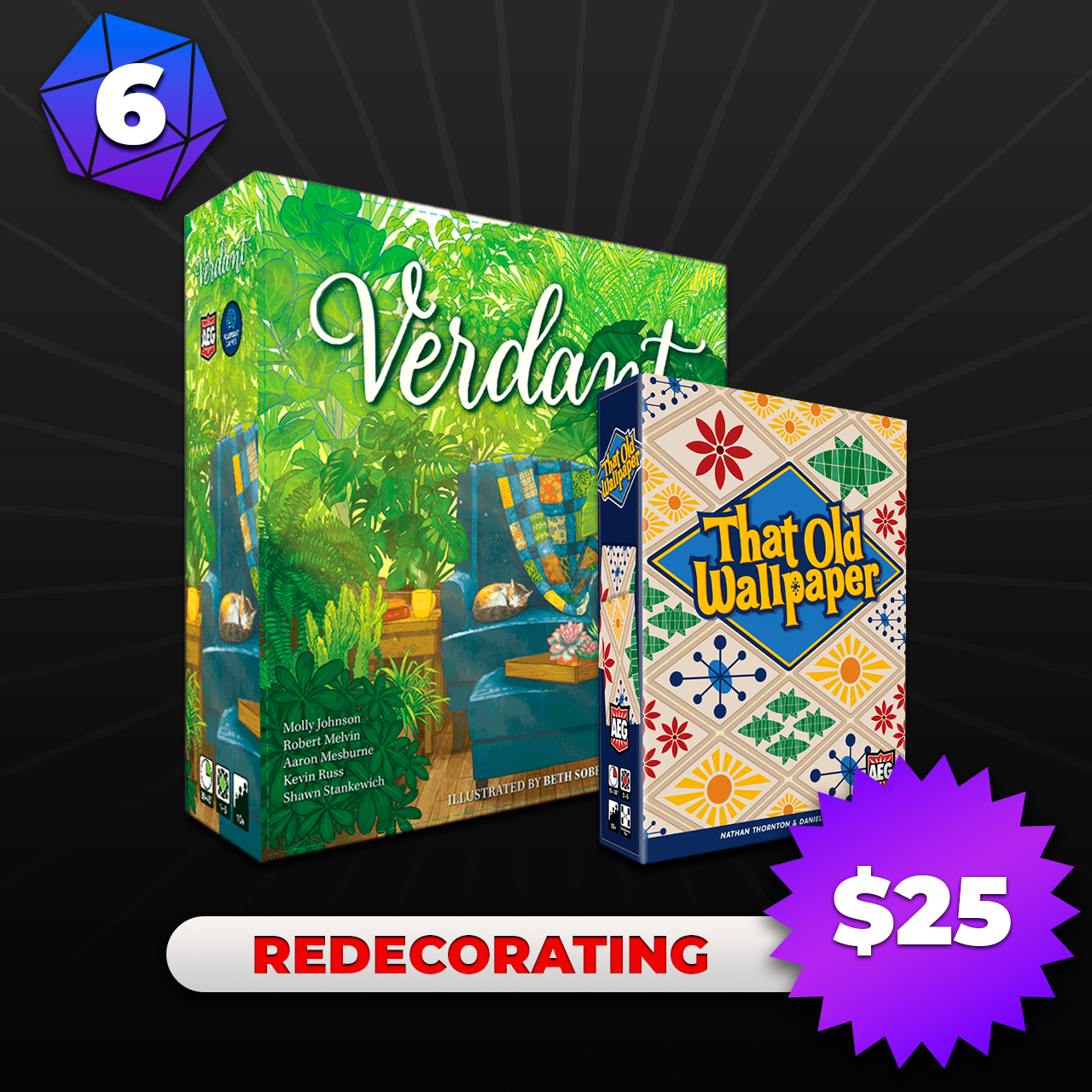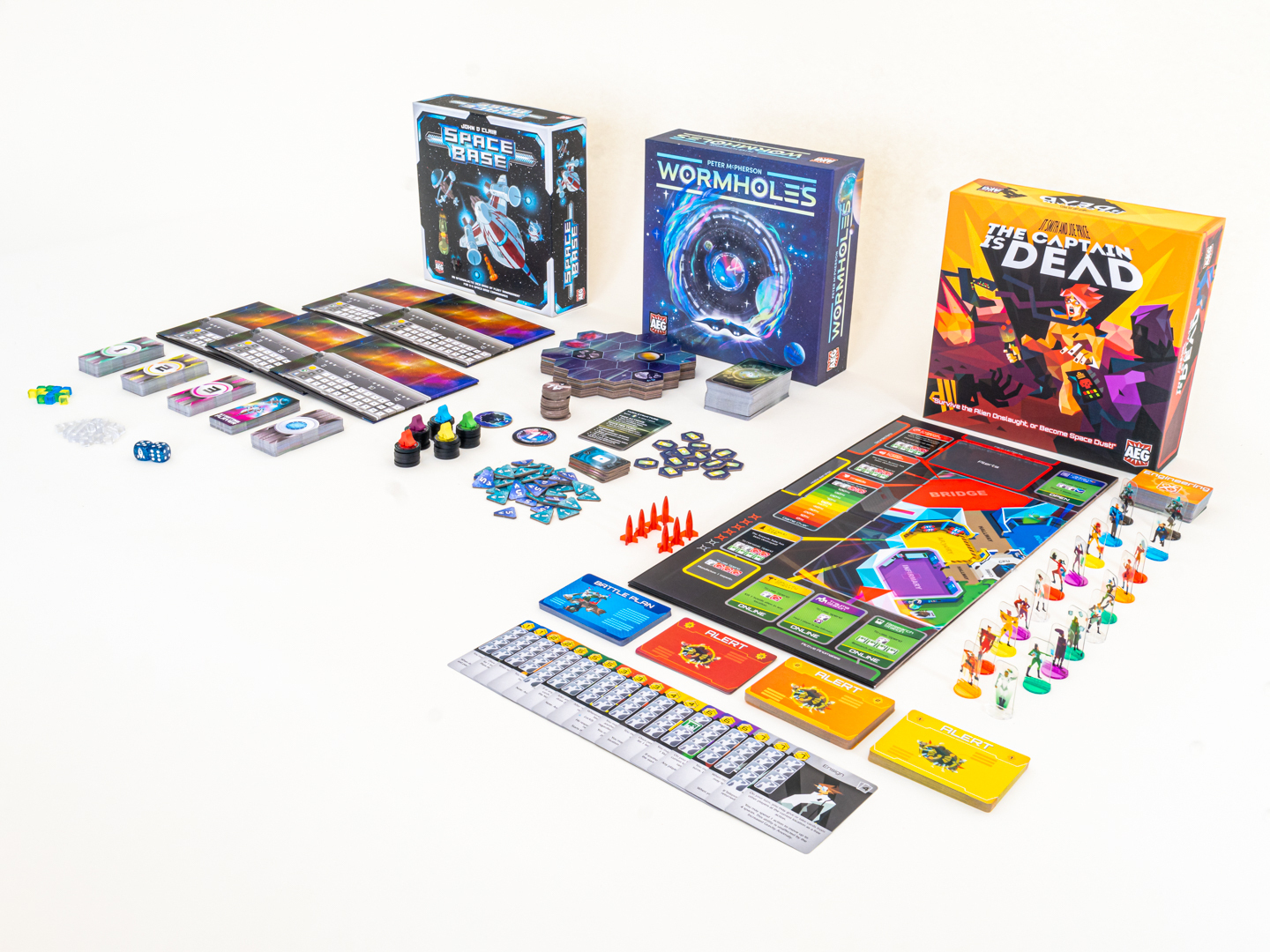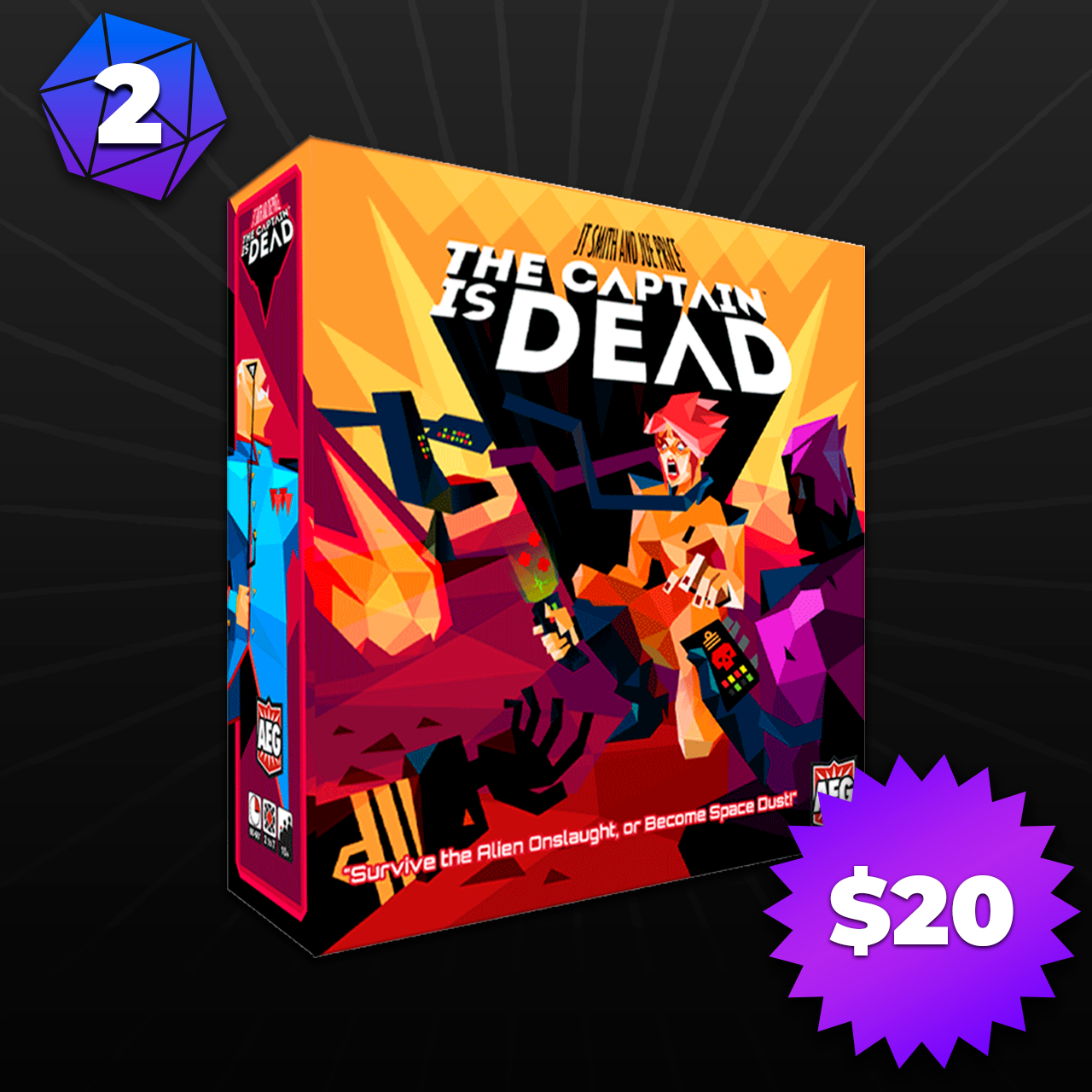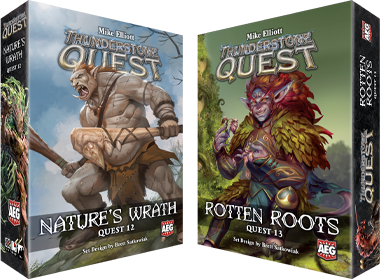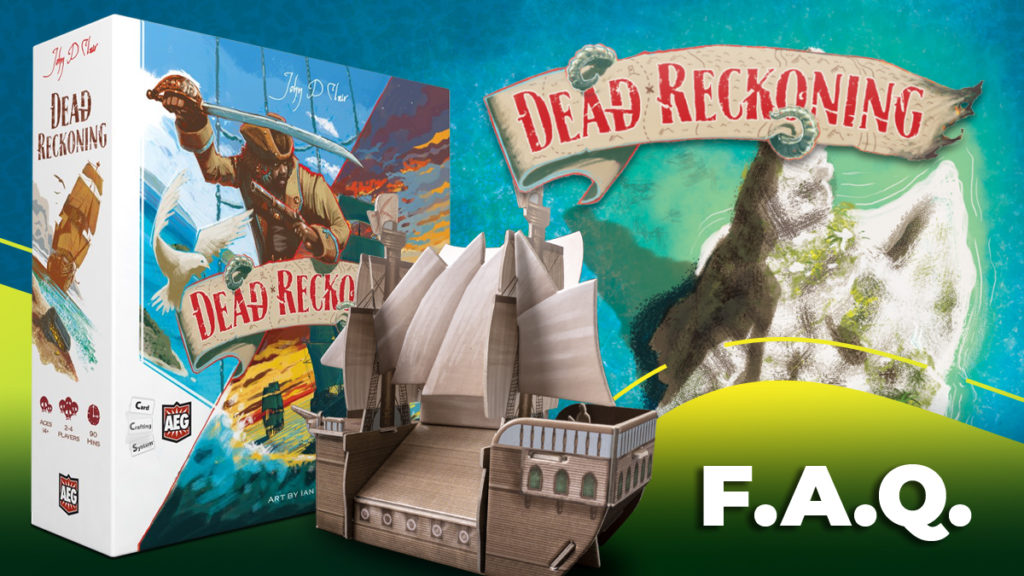
Frequently Asked Questions answer by John D. Clair
What does opponent’s ship in Pirate Mode prevent me from doing at an island.
- You cannot load or unload cargo/coins from the island.
- You cannot place or remove influence from the island.
- You cannot attack buildings on the island.
- You CAN produce.
- You CAN build buildings there.
- Note that advancement/encounter cards on Ocean Boards are not part of the Island (hence why they are also on Open Sea spaces) so the blockade does not prevent buying/encountering them.
- A helpful rule of thumb is that if your ship must be in the space (or adjacent to the space as some advancements say) to do the thing on the island then that thing is blockaded by a Pirate Mode opponent. Think of this as your ship trying to access the island but is being blockaded. If it’s an action that can be done independent of where your ship is located, the blockade does NOT stop that. Think of this as the folks you left on the island doing the thing (e.g. building a fort); the nearby ship out in the water cannot stop them.
Coin Chest vs. Harbor
- These are one and the same. Any coins in your chest ARE at your Harbor. When you unload coins at harbor they are put in your Chest to keep your score hidden from other players, and importantly from them knowing exactly how close you are to the 30 coin achievement (or how far past it you are).
Gaining Achievements on other players turns:
- When you gain an achievement, you always mark it immediately, even if it is on an opponent’s turn. However, the “check” timing for when you trigger end of game is at the end of your OWN turn. So if you gain your 4th achievement on an opponent’s turn, and end game isn’t triggered by another player, your NEXT turn will be your last turn and THEN each opponent gets one last turn.
What happens when my player cubes run out?
- Limited cubes is an intentional part of the design, putting a limitation on powerful players’ ability to dominate both island control and battles at the same time, and encouraging players to finish achievements.
- During a battle if you do not have enough cubes in your supply to drop as many as you would be able to, you may remove your cubes from your non-blockaded islands. Importantly however, you may not remove cubes such that the control status of an island would change.
- Generally this looks something like, you have a cube on all 4 spots of a size-4 island, plus 1 permanent cube for 5 total cubes. You can safely remove 2 cubes from this island and still keep control, 3 cubes vs. 2 blanks. Opponents trying to take the island will still need to fill in the blank spots first anyway.
- If you cannot remove cubes to do all the cube dropping you would like, you don’t get to drop them all. If you are the first player to run into this limitation during your game, you are probably doing quite well and may want to try to end the game quickly before the limitation helps other players catch up.
What do I lose when I sink?
- Borrowing some good working from the BGG user Becq, “When your ship sinks, you must lose all of the coins currently on your ship. If your ship was carrying fewer than 5 coins, lose additional coins from your chest to bring the total to 5 coins lost. Coins lost in this way go to the chest of the player who sunk you, or to the supply if you were not sunk by a player.”
- You do not lose cargo on your ship. You do not lose the ship upgrades you put on your ship. Imagine you have really good Pirate Insurance.
Solo:
The AI Scoring
- The AI scores like a player, including 1 coin per 2 advances they have collected.
- The AI does NOT score end-game (purple) effects on advancements they have collected. Essentially, the AI always ignores effects on cards and simply groups them into Merchant or Pirate.
Sagas:
Saga Items, and what happens when both ships sink.
- When you sink an opponent’s ship you get to steal a Saga Item from them. However, if BOTH ships sink at the same time, neither steals a saga item.
What is a Saga:
The Saga’s are pretty flexible, and the Saga 1 rule book offers some suggestions/advice for incorporating them. Since they are gradually discovered new content, it’s not overbearing to have them included even in games with new players, though the rules recommend at least someone at the table has a good lock on the base game rules before including the sagas.
The most important thing to understand about the saga’s is that they are essentially expansion content that gets gradually and thematically added to your game. Only things that you are explicitly told to “eliminate” get eliminated, and everything else that gets added is added indefinitely. For example, if you discover a row 2 advancement during a game, that advancement is now an advancement randomly mixed into row 2 in all future games.
If at some point you want to play a game without the expansion cards, I’d suggest not removing them (too much bother) but instead just set up normally, and any time an expansion card comes out of a box just immediately bury it and draw a new card.
Saga” vs. “Campaign:
The Saga 1 box comes with content and rules for a 6 game campaign mode. I think its particularly cool to start a saga AND a campaign at the same time so that over the campaign games you unlock saga content (and the saga content even enhances that with some unlocks giving special campaign bonus points that are otherwise ignored if not doing a campaign). However, “campaign” and “saga” are not linked by definition; you can play a campaign with no saga stuff, and you can include the sagas without ever doing a campaign. You can do multiple campaigns before, during, and after some or all of the saga content is discovered. Moreover, even if you start a saga at the same time as a campaign, its entirely possible that not all saga material will be discovered over the course of a 6 game campaign, so more might be discovered in subsequent non-campaign games or during a second campaign.
Saga 2 works the same as saga 1 from a rules perspective, and can also be included with or without campaign play. You may certainly include both sagas at the same time, though its suggested in the rules that you play at least 2 games with just saga 1 before introducing saga 2 or else your first few games with the sagas may be a bit inundated with saga encounters. If that sounds awesome to you though, go for it. Like I said, the sagas are designed to be used the way you want to use them. They are a way to thematically and gradually discover the expansion content in a fun way that adds a new layer to the play experience.
“Unique Sailors” from Sagas:
This is a helpful clarification that the saga rules should have had and I plan to add to the Saga 3 rules –>
[b][floatright]It is rare but possible to acquire a unique sailor image card (like a Sea Dog) during a Saga encounter. If you are playing through a campaign, the player who acquired that unique crew image keeps it as part of their deck for the remainder of the campaign. If you are not in a campaign, but you are playing with mostly the same group of players over multiple games, you can, as a group, choose to keep “story consistency” and leave that unique sailor in the deck that discovered it. When you want the starting decks to return to “normal”, the unique sailor cards can be added as additional cards to the Sea Dogs expansion. When drafting Sea Dogs or using them in future campaigns, if you acquire one of the Saga unique sailors, it can be sleeved as a replacement image for ANY sailor type.



